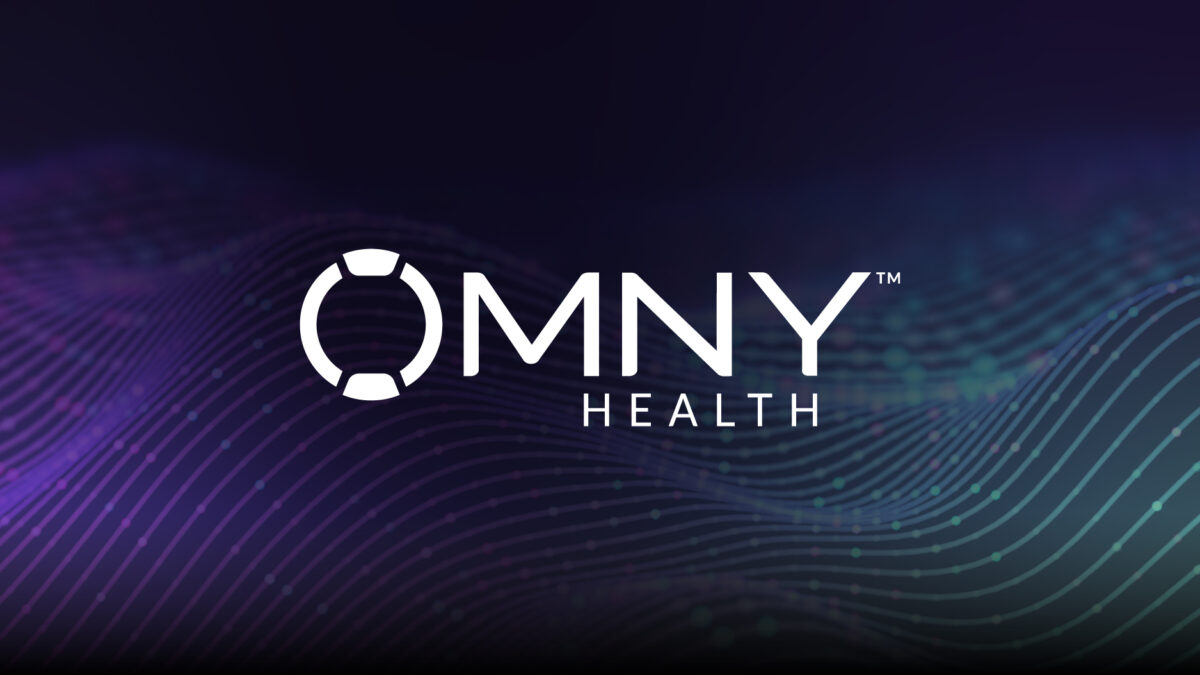New Studies on the Use of These Medications in Adult and Pediatric Populations are Supported by the Data Network
Atlanta, Georgia – August 27, 2024 – OMNY Health, the leading healthcare ecosystem known for facilitating compliant cross-industry data partnerships, today announced the launch of its Glucagon-Like Peptide-1 (GLP-1) data network, further cementing the company’s commitment to democratizing healthcare data across industries. This new data network comprised already of over half a million patients will supply its life sciences and health system partners, as well as its AI-driven health tech partners, with additional knowledge of GLP-1 use, related social determinants of health (SDOH), and patient demographics to better inform generative AI tools, researchers, and clinicians and improve patient outcomes.
Despite a staggering amount of healthcare data being generated across health systems and life sciences companies, 97% of this data goes unused. This underutilization is particularly crucial as the usage of GLP-1 agonists surge, driven by their effectiveness in treating chronic conditions such as type 2 diabetes and obesity. The growing demand for these medications has sparked an urgent need for more comprehensive data that evaluates their effectiveness and long-term effects for other conditions like cardiovascular disease, liver disease, and skin disorders.
“GLP-1 therapies are transforming the treatment landscape across multiple conditions beyond diabetes and obesity in profound ways. The systemic impact of these medications underlines the need for more comprehensive data to fully understand how these therapies affect patients as a whole,” said Dr. Mitesh Rao, CEO of OMNY Health. “By democratizing data partnerships between life sciences companies and health systems, we can enable more in-depth clinical research that will fuel healthcare innovation and revolutionize the potential impact of GLP-1’s for years to come.”
OMNY’s GLP-1 data network consists of curated EMR data from more than 645,000 patients representing a broad set of demographic characteristics, including age ranges, race/ethnicity, region of care delivery, as well as provider and payer types. The data network supported two recent studies that address gaps in understanding GLP-1 therapies, particularly within pediatric and patient populations impacted by SDOH factors enabling partner companies to better understand and apply findings to patient treatments.
Pediatric use of GLP-1s was not approved by the FDA until December 2022, making data on these use-cases extremely limited despite the prescriptions of GLP-1RAs for children and adolescents increasing by 594.4% from 2020 to 2023. OMNY’s GLP-1 network contains valuable information on pediatric GLP-1 use, enabling a study that found the median age of users was 16 years and the majority were female in gender (72%).
“We are able to deliver more equitable clinical outcomes when the research is backed by data from diverse populations,” said Dr. Sameer Badlani, Fairview Health Services’ Executive Vice President, and Chief Strategy Officer. “With access to data that factors in SDOH for diverse populations we learn valuable insights in service of providing resources and clinical care that is differentiated by excellence in quality, safety, experience and health equity for every consumer who trusts us with their wellness and care.”
OMNY’s network also provides critical information on SDOH factors, including economic insecurity, food insecurity, and social isolation often documented in clinician notes. With many of these factors accounting for up to 50% of the variation in health outcomes in the US, it was crucial that the SDOH status of patients receiving GLP-1 treatment be made available. A second study by OMNY found that GLP-1 patients were half as likely to have SDOH economic burden issues noted in their EHR record as compared the population of non-users.
OMNY’s data network enables companies to diversify their patient populations for clinical trials, better understand medication interactions, and strengthen treatment outcomes.
This announcement follows OMNY’s partnerships with QuantHealth, the leading AI-driven clinical trial design company, and ArisGlobal, a technology company at the forefront of life sciences and the creator of LifeSphere®. OMNY Health is committed to AI-enabled healthcare improvement and supporting research programs that aim to improve clinical care. To learn more about how OMNY Health is transforming lives and driving patient care by connecting providers and life sciences companies through data, visit www.marketing-dev.omnyhealth.com.
About OMNY Health
OMNY Health™ is a national data ecosystem connecting the world of healthcare to fuel partnerships that improve clinical outcomes and drive patient care. OMNY’s dynamic partnerships with specialty health networks, healthcare systems, academic medical centers, and integrated delivery networks span all fifty states and cover over 75 million patient lives. The company’s comprehensive data layer powers health tech companies to drive the next generation of innovation. The platform serves as a centralized resource for life sciences and healthcare provider groups to facilitate mutually-beneficial data sharing and research collaboration at scale, fueling innovation where patients need it the most. OMNY Health’s data ecosystem now reflects more than seven years of historical data encompassing more than 2 billion clinical notes from 300,000+ providers across 200+ specialties – and is growing. For more information, visit www.marketing-dev.omnyhealth.com.
Media Contact:
Chloe Fredericksdorf
omnyhealth@solcomms.co.
